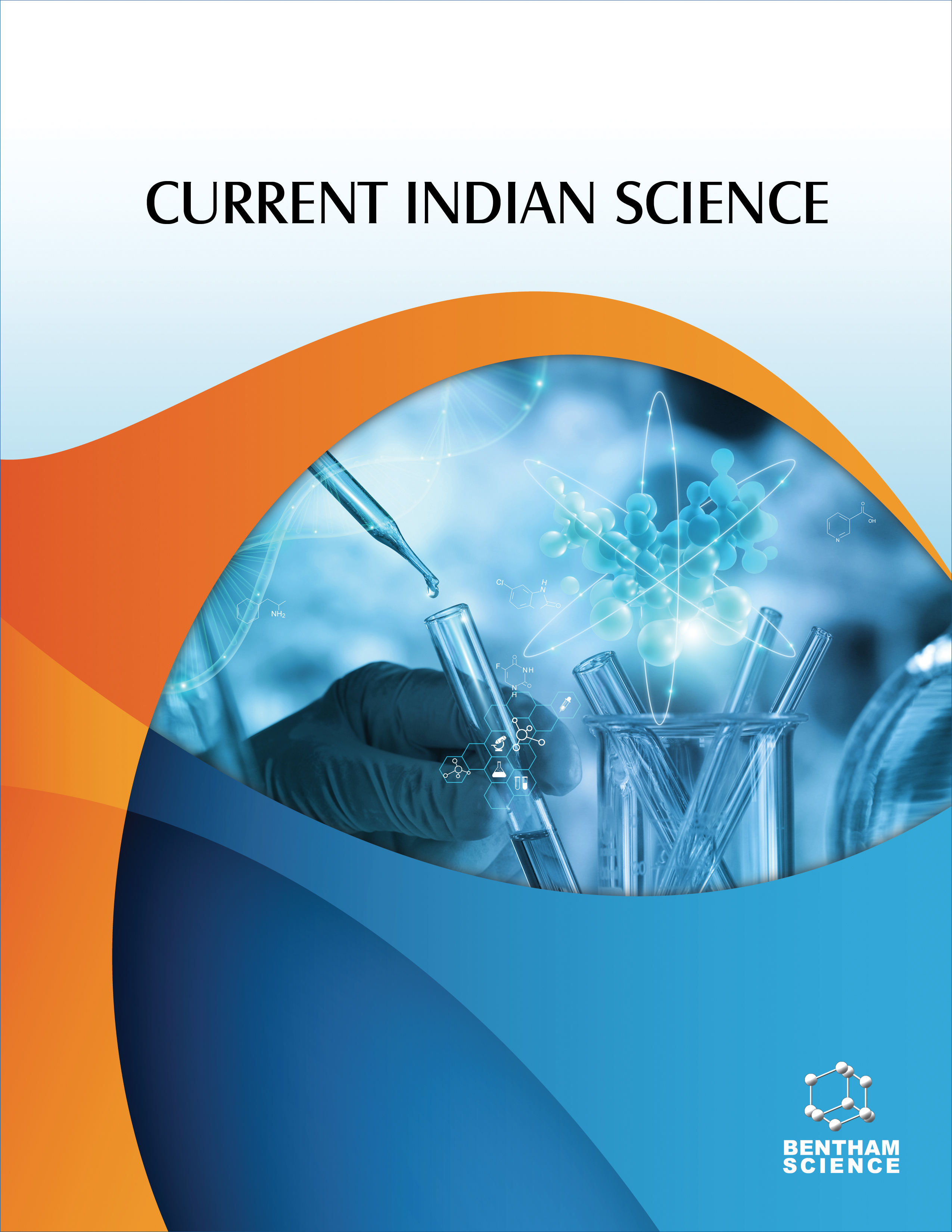-
oa Evaluation of Wound Healing Activity of Statin Impregnated Collagen Scaffold in Wistar Albino Rats
- Source: Current Indian Science, Volume 1, Issue 1, Jan 2023, e280423216358
-
- 01 Nov 2022
- 08 Mar 2023
- 01 Jan 2023
Abstract
Wound healing is a dynamic process that is affected by various processes. Medications involved in wound healing can interfere with clot formation, inflammation reduction, and cell proliferation. Collagen is the natural existing compound that has the ability to enhance tissue regeneration. Various drugs used for healing have cons like inhibiting DNA, RNA, or protein synthesis, resulting in decreased fibroplasias and neovascularisation of wounds.
The objective of this work is the formulation of the collagen scaffold impregnated with the Atorvastain using cow urine as solvent.
The methodology involves the isolation of the collagen from the bones of the animals by using acetic acid. The obtained collagen was subjected to homogenization and sonification to get a fine powder. To this solvent, Atorvastatin and glycerine were added then it was dried at 60°C for 24 hrs to get the impregnated scaffold. The formulated scaffold was evaluated for wound healing activity by using the excision wound model.
The result shows that the scaffolds are good in nature and meet all the standards of the standard scaffold. The wound healing activity is assessed by using the excision wound healing model in rats. The results show the significant value of 99% wound healing activity from the statin-impregnated scaffold. The biological parameters like total collagen, hexosamine, and uronic acid were evaluated and these observations indicated higher values of 4.024 ± 0.069, 304 ± 4.11, and 75.83 ± 1.93 compared with the plain scaffold.
The optimised formulation exhibited good mechanical strength with better wound healing activity. The percent wound healing activity and antimicrobial activity observed from the collagen scaffold was found to be more significant compared with the scaffolds not containing statins.


